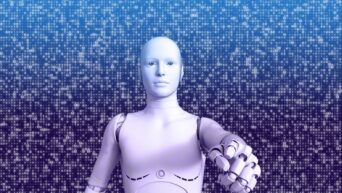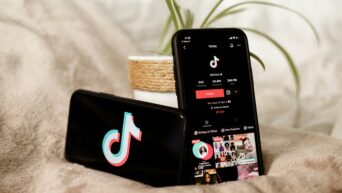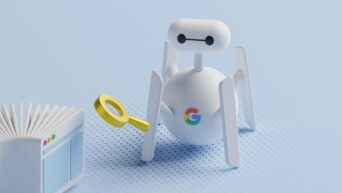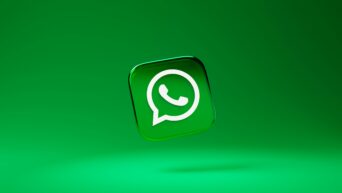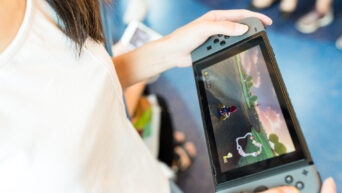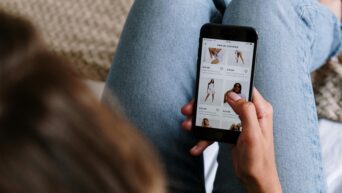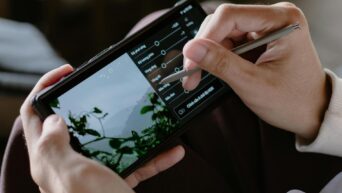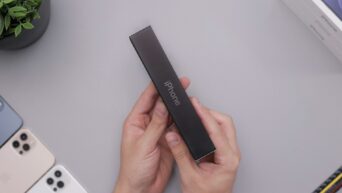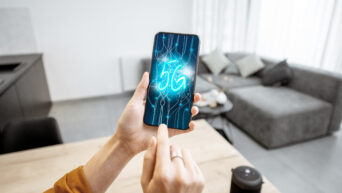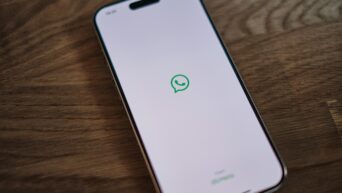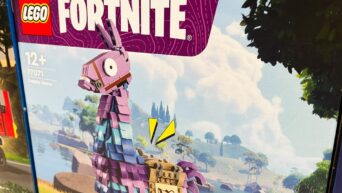
Credit: Unsplash
Is this still considered tampering with the mail?
Long, long ago, back when notions like texting, phones, or email were squarely in the realm of imagination, the only way you could contact people over long distances was sending a letter. Of course, unlike the encrypted messaging systems we take for granted these days, if you wanted to know what a letter said back in the 1600s, you just had to open it. This was when a trend known as “letter locking” came to be, wherein those sending a letter would fold it into extremely elaborate compact shapes, which would make it much harder to open, at least without 30 minutes and half a brain.
A recently, a massive chest of 577 locked letters dating as far back as 1689 were uncovered in The Netherlands. Not a single one of these letters made it to their intended recipients, and due to their elaborate folding, their contents remain a mystery. Plus, due to the sheer age of these letters, any attempts to physically unfold them would almost certainly destroy them. So, how can you unfold a locked letter without touching it? Science!
A research team headed by David Mills of Queen Mary University of London figured out a way to crack the letters without laying a finger on them. Their secret weapon was an x-ray scanner, typically used by dentists to check the composition of teeth. By scanning the letters, the researchers were able to create a detailed virtual mock-up of them. Then, using a complicated computer algorithm, they were able to unfold the virtual letters and read their contents clearly. It was in this way they were able to the learn the story of 1697 Frenchman Jacques Sennacques, and his correspondence to his cousin Pierre Le Pers, which in turn provided some fascinating insight into the day-to-day society of years gone by.
A sealed 300-year-old letter held in The Hague, Netherlands, has been read for the first time without opening it, thanks to X-ray technology and computer algorithms, a new study has revealed https://t.co/DuKX1dJYVc
— CNN (@CNN) March 2, 2021
“This algorithm takes us right into the heart of a locked letter,” the research team said in a statement. “Sometimes the past resists scrutiny. We could simply have cut these letters open, but instead we took the time to study them for their hidden, secret, and inaccessible qualities. We’ve learned that letters can be a lot more revealing when they are left unopened.”



